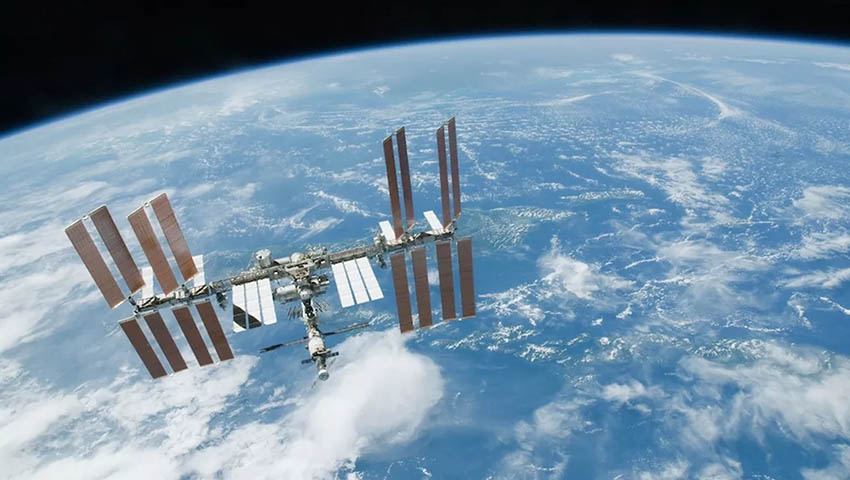The first of this new generation of space tourists could end up on the ISS as early as next year. This isn’t yet an alternative to a week in Bali or a cruise around the Pacific.
A return ticket will cost an estimated US$58 million ($83 million) with a cost per night of US$35,000 for up to 30 days.
Neither will it be especially luxurious, with passengers living under the same conditions as astronauts on the ISS.
As well as being a tourism adventure for the very rich, it will also only be available to the fit and healthy – participants will have to meet the same medical standards, training and certification requirements as ISS crew members.
Depending on the market, NASA will initially allow up to two visitors per year. They wont have to be US citizens.
NASA chief financial officer Jeff DeWitt said such a trip would not come with any Hilton or Marriott points.
"If a private astronaut is on station, they will have to pay us while they're there for the life support, the food, the water, things of that nature," he said at the launch of the scheme at Nasdaq in New York.
While a trip to the ISS may cost the better part of $100 million, that’s still a whole lot cheaper than the first space tourism ventures for which participants paid around US$150 million each for the privilege.
So far just seven paying tourists, one twice, have gone into space and stayed on the ISS, all through the US company Space Adventures, which was established in 1998. All travelled to and from the ISS aboard Russian missions.
None have occurred since 2009. The last space tourist – the industry prefers the term ‘personal spaceflight’ – was Canadian businessman Guy Laliberte.
The halt in space tourism occurred because the Russian launches didn’t have the spare seats for paying passengers because of increased commitments to support the ISS.
The US, which ended operation of the Space Shuttle in 2011, was never interested in carrying passengers.
What’s changed now is that NASA has contracted with SpaceX and Boeing to fly future manned missions to the ISS. Their launches are likely to have some additional space for passengers.
While expensive, tourism won’t come close to covering the costs of operating the ISS but they will allow NASA to invest more in other projects, such as the planned return to the moon in 2024.
“It’s not going to be a profit-making venture for NASA at all,” DeWitt said.

